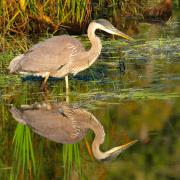
Celebrating Women's History Month
MDIFW is remembering and honoring two remarkable biologists who helped pave the way for women working in Maine’s wildlife and fisheries professions.
First Year of New Program Shows No Sign of Invasive Zebra Mussels
The use of eDNA sampling allows for detection of organisms without the need to trap, locate, or otherwise physically observe or handle them which can make it possible to detect new populations of invasive species, like zebra mussels, early on.

Restoration of Big Wadleigh Pond
The chemical restoration of Big Wadleigh Pond was a tremendous success, reclaiming space for native Arctic charr.
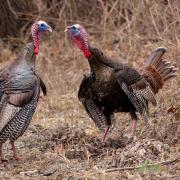
The Great Tick Debate
Have Turkeys Been Wrongly Accused for the Uptick? The best way to address this dispute is to look to science for the answers.

Maine Adds Eight New Species To State's Endangered and Threatened Species List
Eight new species were added to Maine's Endangered and Threatened Species list, including five birds, one bat, one bee, and a beetle. Two of these species, the saltmarsh sparrow and Ashtons cuckoo bumble bee, are listed as Endangered, and the other six as Threatened.

Black-capped Chronicle Issue 12 Summer 2023
A new (and final) issue of the Maine Bird Atlas’ newsletter, Black-capped Chronicle, is now available!
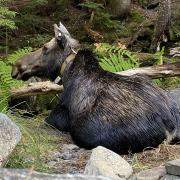
So, You Want to Be a Wildlife Biologist?
While the reward for this career is high for those who love it, not all can hack the demands of the job.
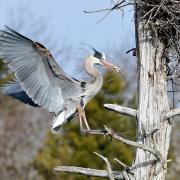
Excitement is Building as the Heron Observation Network Enters Year 15!
Our 2022 results show a slight increase in the number of nesting pairs of great blue herons in Maine, the first time since 2015. We are gearing up for our 15th year of monitoring heron colonies with the help of so many AMAZING volunteers. We will also be conducting an aerial survey to bolster our numbers and hopefully find some new colonies. Spring is coming!
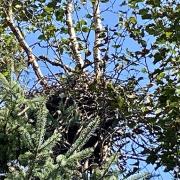
Assessing Heron Nesting Activity in Fall: No Herons? No Problem!
We visited the island where our GPS-tagged great blue heron, Mariner, nested this past summer. Even without any herons still using the nests, we used other clues to determine which nests were active.
Keep In Touch!
Enter your email or mobile number to receive the latest news from MDIFW.
